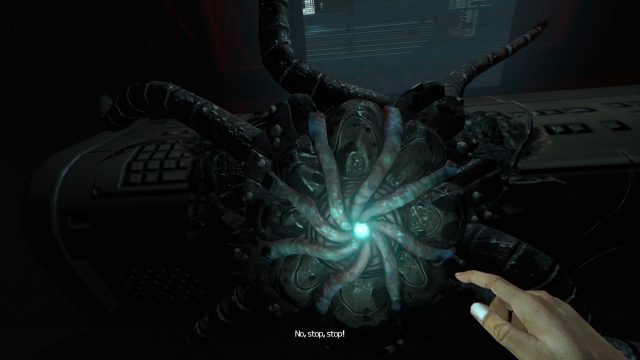

The resulting tissue heating 9, 10 and phototoxicity 11 restrict the brain volume that is optically addressable for efficient silencing. The unfavorable stoichiometry of one transported ion per photoreaction cycle necessitates continuous illumination at high light power.

These limitations become even more pronounced in cases where neuronal silencing is required for extended periods of time. However, ion-pumping rhodopsins possess several characteristics that impose substantial constraints on the experimental paradigm and complicate the interpretation of experimental outcomes. These proteins pump ions across the neuronal membrane with millisecond kinetics, independently of the electrochemical gradient, enabling neuronal silencing with precise temporal onset and offset 5, 7, 8. Current optogenetic approaches for silencing of neurons are mainly based on the light-activated microbial rhodopsins halorhodopsin 3, 4, archaerhodopsin 5, and cruxhalorhodopsin 6. Optogenetic tools have greatly enhanced the precision with which such manipulations can be performed 2, providing both temporal precision and cell-type specificity to experiments aimed at defining the roles of individual neural circuit components in neural computation or animal behavior. Perturbation of neuronal activity is a fundamental aspect of neuroscience research, often used to gain insight into the functional roles of particular brain regions, circuits and cell types 1. The resulting soma-targeted GtACRs show improved photocurrents, reduced axonal excitation and high light sensitivity, allowing highly efficient inhibition of neuronal activity in the mammalian brain. Here, we address these problems by enhancing membrane targeting and subcellular compartmentalization of GtACRs.


However, GtACRs show poor membrane targeting in mammalian cells, and the activity of such channels can cause transient excitation in the axon due to an excitatory chloride reversal potential in this compartment. Guillardia theta anion-conducting channelrhodopsins (GtACRs) are promising in this regard, due to their high single-channel conductance and favorable photon-ion stoichiometry. The high light power requirement of light-driven ion pumps and their effects on intracellular ion homeostasis pose unique challenges, particularly in experiments that demand inhibition of a widespread neuronal population in vivo. However, the limitations of inhibitory optogenetic tools impose stringent constraints on experimental paradigms. Optogenetic silencing allows time-resolved functional interrogation of defined neuronal populations.


 0 kommentar(er)
0 kommentar(er)
